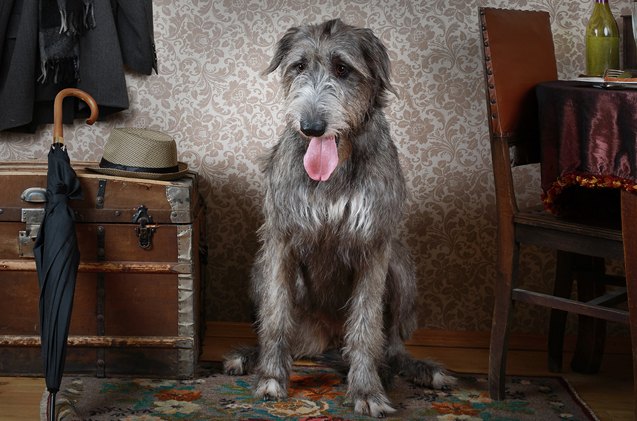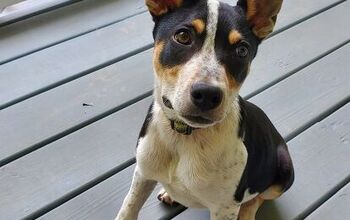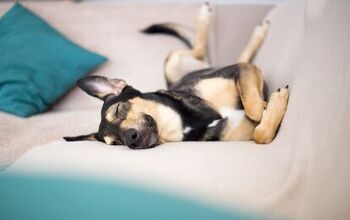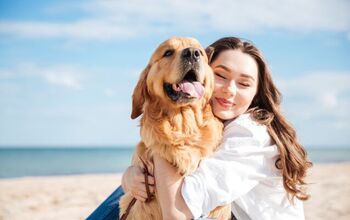1.3K Views
What is a Sighthound?

by
Kate Barrington
(IC: )
Published: March 15th, 2021
Look over there… it’s a sighthound! Many of your favorite breeds fall into this category. Let’s get to know the sighthound and what this dog can do.
- Afghan Hound
- Azawakh
- Basenji
- Borzoi
- Greyhound
- Hungarian Greyhound
- Ibizan Hound
- Irish Wolfhound
- Italian Greyhound
- Pharaoh Hound
- Polish Greyhound
- Saluki
- Scottish Deerhound
- Silken Windhound
- Sloughi
- Whippet
- A sighthound will be a high-speed, short distance sprinter. Don’t be shocked if your dog suddenly darts off for a quick run.
- Objects that move quickly will entice your sighthound to go for the chase. Remember, these dogs are known for their instinct to hunt down prey, so consider this aspect of their personality when you are coming up with games that they can play for exercise, as well as what toys will keep their attention and entertain them the most.
- Like all other dogs, your sighthound will need to get plenty of physical activity in daily, but they generally don’t need a ton of exercise. Instead of focusing on how long your dog plays, focus on the type of play that he’s getting daily, ensuring that the activity will allow him to be happiest and in his element.
- These dogs love having people and other dogs to play with them, but they can also be content just playing on their own. Give your pooch a large enough space to run around in, and give him toys to chase. He is sure to be a happy camper!
- Even the biggest sighthound breeds enjoy a nice, comfy dog bed to lie down in, so give your pooch quiet areas where he can relax and spend time with you.
- Speaking of spending time with you, it is important to note that these canines will not only form strong bonds with their humans, but also with other dogs. So if you have more than one dog in the family, your sighthound is likely to become best friends with them.
- Bear in mind that a toy dog might not be the right choice if you have a sighthound and you are thinking about expanding your canine family, or if you have a toy dog already and you are thinking about getting a sighthound. That’s because those little dogs might end up triggering your sighthound’s hunting instinct, especially if the toy dog moves around quickly. It isn’t worth the risk of your sighthound hurting your little dog.
- In terms of grooming, your sighthound will have similar needs to other breeds, whether your pooch has a short coat or a long one. Those with smooth, short coats tend to really like being rubbed by their owners with a hound glove. Those with longer hair, on the other hand, will need a bit more attention when it comes to their grooming routine.
- Sighthounds can be a little picky when it comes to eating, so you might need to be a bit creative. In addition to feeding him a meal twice a day, there are other steps you can take to ensure he’s getting adequate nutrition and calories. For example, puzzle toys into which you can place some kibble are great because they let your dog “hunt” down his food. You can also feed your dog some food and treats during training sessions.

Kate Barrington
Kate Barrington is the loving owner of two cats (Bagel and Munchkin) and a noisy herd of guinea pigs. Having grown up with golden retrievers, Kate has a great deal of experience with dogs but labels herself a lover of all pets. Having received a Bachelor's degree in English, Kate has combined her love for pets and her passion for writing to create her own freelance writing business, specializing in the pet niche.
More by Kate Barrington
Published March 15th, 2021 12:00 AM























